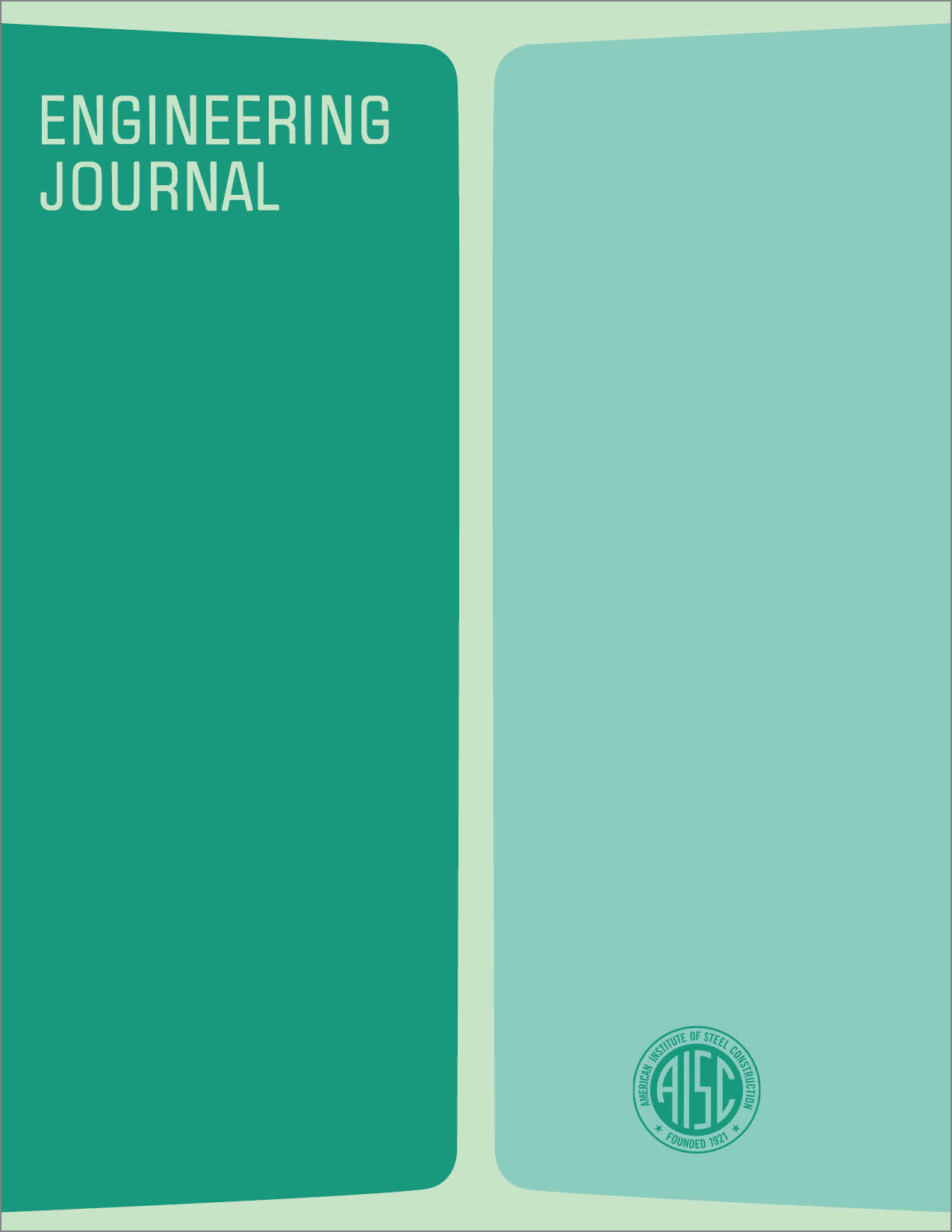An Update on Eccentric Seismic Bracing
DOI:
https://doi.org/10.62913/engj.v17i3.1264Abstract
Experimental and analytical results for diagonally braced frame models with eccentric connections of the type shown in Fig. 1, first reported by Roeder and Popov in 1978, aroused considerable interest in this system of bracing for resisting seismic forces. Four major buildings have now been designed and are being built in California using this concept. The steel frames designed on this basis are lighter than the equivalent moment-resisting frames, and while essentially retaining the elastic stiffness of concentrically braced frames, the eccentrically braced frames are more ductile. The adoption of the eccentric frames in several projects provides strong evidence of the practicality of the system. By employing eccentrically braced frames, the story drift control at working loads, such as recommended by SEAOC, can be achieved with economy. Moreover, a reduced horizontal force factor can be justified, since at extreme lateral loadings, such as may occur during a major earthquake, these frames behave in a very ductile manner. Some specific details on the practical design of eccentrically braced frames for resisting seismic forces can be found in Refs. 4, 5, and 6. This discussion is confined to some elaborations on the design of the shear link, i.e., the beam element between the face of the column and a brace.

